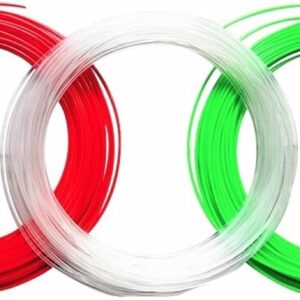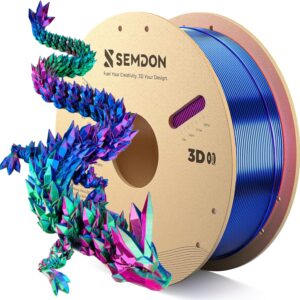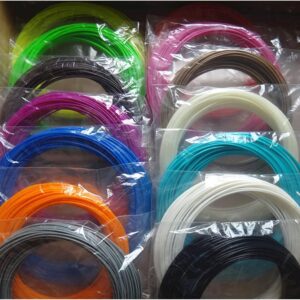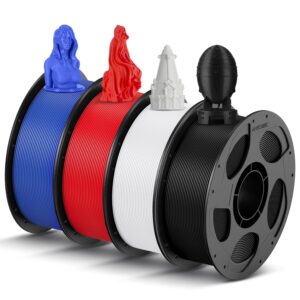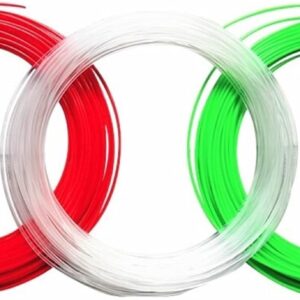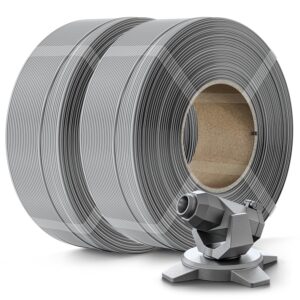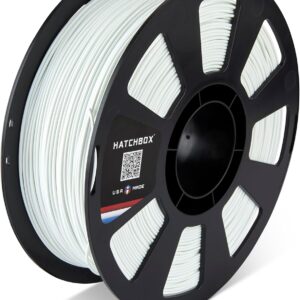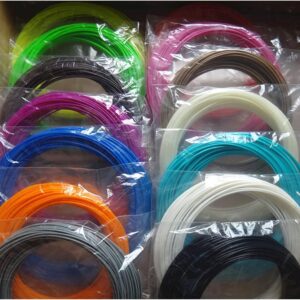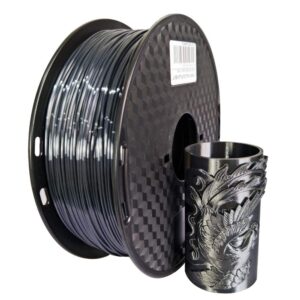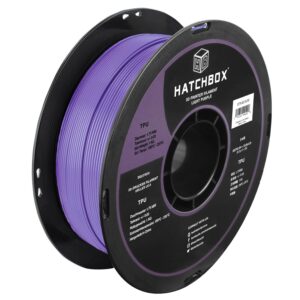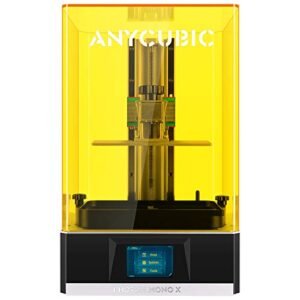Unlocking Savings: Understanding PLA Filament Cost Per KG for Your 3D Printing Projects
3D printing has revolutionized the way we think about prototyping, manufacturing, and creative expression. With the ability to create anything from simple prototypes to complex artworks, it empowers hobbyists and professionals alike. One significant factor that can influence the cost-effectiveness of 3D printing is the material you choose. Among the myriad of printing materials available, PLA (Polylactic Acid) filament stands out both for its popularity and its affordability. In this article, we’ll delve into understanding PLA filament cost per kilogram and how it impacts your 3D printing budget and projects.
Why Choose PLA Filament?
Before we dive into costs, it’s essential to understand why PLA is often the material of choice for many 3D printing projects.
-
Ease of Use: PLA is user-friendly, making it perfect for beginners. It adheres well to the printer bed and has a lower risk of warping compared to other materials.
-
Eco-Friendliness: PLA is derived from renewable resources like cornstarch or sugarcane, making it a biodegradable option. It decomposes under specific conditions, which is a significant advantage over petroleum-based plastics.
-
Excellent Print Quality: PLA provides high print resolution, resulting in a smoother finish and vibrant colors, which is perfect for aesthetic projects.
- Wide Availability: Since it’s so commonly used, PLA comes in various colors and blends, ensuring you can find exactly what you need for your projects.
Understanding PLA Filament Cost Per KG
The Cost Breakdown
The cost of PLA filament can vary based on several factors, including brand, color, and any additive materials that may enhance performance. However, on average, the cost of PLA filament ranges from $15 to $30 per kilogram.
-
Brand and Quality: High-end brands may charge more due to higher manufacturing standards, better color consistency, and improved material properties. In contrast, generic brands tend to be cheaper but may not provide the finest results or reliability.
-
Color and Finish: Specialty colors—metallic, translucent, or glow-in-the-dark—often cost more due to the additional dyes and processes used.
- Additives: Some filament includes additives to enhance specific characteristics such as strength, flexibility, or ease of printing. These will naturally increase the cost.
Cost vs. Performance
When planning a 3D printing project, it’s crucial to assess the trade-off between cost and performance carefully. While opting for cheaper brands might seem savvy initially, you may encounter issues like poor adhesion, inconsistent layer quality, or more frequent clogs, which can ultimately lead to wasted material and time.
It’s often more cost-effective to invest a little more upfront for higher-quality PLA filament, as you might save in terms of failed prints and wasted material. This brings us to another point: the value of reliability. A trusted filament will result in consistent printing, reducing the time wasted on troubleshooting.
Quantity and Bulk Buying
For frequent users or businesses engaged in regular 3D printing, purchasing PLA filament in bulk can lead to substantial savings. Many suppliers offer discounts on orders over specific quantities, making it a financially savvy option. Rather than buying one spool at a time, buying larger quantities can reduce the cost per kilogram significantly.
Budgeting for PLA Filament in Your Projects
Understanding the cost per kilogram of PLA filament can help you budget for your 3D printing projects. Here are some key considerations to keep in mind:
-
Calculate Material Needs: Before starting a project, assess how much material you will require. Many 3D modeling programs can help estimate the weight of the final print, allowing for accurate budgeting.
-
Project Duration: The longer a project takes and the more complex it is, the higher the filament cost may be. Plan your project timelines accordingly, particularly for intricate designs that might require multiple tries to perfect.
-
Filament Waste: Minimizing waste is crucial for savings. Optimize your designs to minimize supports and trial prints. Designing efficiently can reduce the overall amount of filament you need, hence improving your cost per print.
- Regular Maintenance: Keeping your 3D printer well-maintained can also save on filament costs. Regular cleaning and checks will prevent issues that may waste both time and material.
Conclusion
Understanding the cost per kilogram of PLA filament is crucial for budgeting your 3D printing projects effectively. By analyzing the factors that influence PLA pricing and making informed choices regarding brands, colors, and bulk purchasing, you can ensure that your 3D printing journey is both cost-effective and productive. The right balance between cost and performance will ultimately lead to high-quality prints and better value for your investment.
FAQs
1. What is PLA filament?
PLA (Polylactic Acid) filament is a biodegradable thermoplastic derived from renewable resources like cornstarch or sugarcane used extensively in 3D printing.
2. How much does PLA filament cost?
On average, PLA filament costs between $15 and $30 per kilogram, depending on brand and quality.
3. Can I use PLA for outdoor prints?
While PLA has some UV resistance, it is not designed for long-term outdoor use as it can degrade under prolonged exposure to sunlight and heat.
4. How do I store PLA filament?
To protect your PLA filament, store it in a cool, dry place. Consider sealing it in an airtight container with desiccant to prevent moisture absorption.
5. How does the quality of PLA affect my prints?
Higher-quality PLA filaments typically offer better print adhesion, color consistency, and reduced risk of issues like stringing and warping, leading to higher quality final prints.
By comprehensively understanding the cost of PLA filament and integrating smart budgeting and purchasing strategies, you can maximize both your creativity and your savings in 3D printing projects.
